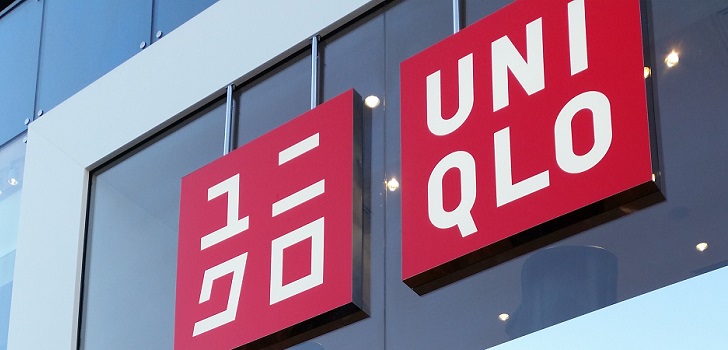First promising, now indispensable: the top four fashion giants make 30% of their sales in Asia
Naturally, Japanese Uniqlo is the company with the highest share in the Asian market: it generates 69% of it sales in Asia Pacific and plans to double it sales in the region by 2022.

First it was a promising market. Then, it was a refugee when things went not so well in the Western countries. Now, Asia has become an indispensable destiny for fashion giants, with ashare that equals that of Latin America or Eastern Europe. Inditex, H&M, Fast Retailing and Gap make 30% of their total revenues in the region, and the share doesn’t seem to be stopping.
The fourth largest fashion retailers in the group had an aggregated revenue of 88.5 billion dollars in 2018. Of them, over 25.7 billion dollars, or 29%, came from Asian markets, according to the most recent data published.
Naturally, Fast Retailing (that only communicates sales by region of Uniqlo) is the one with the largest share of sales in Asia and Oceania, nearly 69%, with sales of 1.6 trillion yen (14 billion dollars) in 2018.
Japan, its local market, is the largest by sales, with a revenue of 860 billion yen (7.8 billion dollars) in 2018. In Greater China, when it operates 768 stores, the company reached 440 billion (4 billion dollars) in sales.The company expects this market to suprass 1,000 stores by the end of August 2021 and hit one trillion yen in sales in the near future.
Uniqlo defines Southeast Asia and Oceania its “new driver of growth”. The company operates 213 stores in Thailand, Philipines, Malaysia, Singapore, Indonesia and Australia and last year landed in India and Vietnam. The group intends to double its sales in the region and reach 300 billion yen (2.7 million de yens) by 2022, helped by plans to continue opening new stores and also preparations for the “dynamic growth of India and Vietnam in fall 2019”, the company said in its annual report.
In the case of Inditex, sales in Asia and the rest of the world reached 6.7 billion dollas in 2018, about 23% of its total revenue. The first Asian market where the group landed was Malaysia, with the opening of three points of sale of Zara in 2003. Three years later, it entered China with seven stores.
Now, Inditex has 589 points of sale in Mainland China, most of them of Zara. In Hong Kong, it operates 35 stores. The company completed its landing in China in 2018 with the first opening of Uterqüe. However, this region has stopped being the engine of the group and it reduced its share in total sales for the first time since 2003. In the rest of the region, Inditex is present in Taiwan, South Korea, Philipines, Thailand, Indonesia, New Zealand, Singapore and Vietnam.
H&M generates 15% of its sales in Asia and Oceania
H&M generates 15% of its sales in Asia and Oceania, with a revenue of 3.3 billion dollars in 2018. China is one of the largest markets for the group, with revenues of 1,1 billion dollars in 2018, up 13%. The company landed in the country in 2006 and has now over 530 stores, after opening 38 new points of sale in 2018. The company has also reinforced in the region with a partnership with Tmall, owned by giant Alibaba.
In the rest of Asia and Oceania, the group grew 7.9% in 2018. The company is present in South Korea, Singapore, Malaysia, Taiwan, the Philippines and Vietnam.
Finally, Gap generates only 7.4% of its sales in Asia, where it operates with both Old Navy and Gap. Gap first breached the Asian market in 2014, with its first store opening in Guangzhou, Hong Kong. According to the worldwide fashion retailer’s report, Gap Asia as of February 2019 holds 332 points of sale, in the continent. Its parent company Old Navy, which first entered the Asian market in the same period back in 2014, opened its first store in Shenzhen.
Gap opened 34 stores in Asia in 2018 and closed 15 stores decreasing the closing number in comparison to the previous year, which totaled 50 closures and 52 openings. As for Old Navy, the brand only opened one store from 2017 to 2018, totaling to 15 stores as of February 2019, according to the latest report of the Group. The American company ended the fiscal year of 2018 with a revenue of 16.6 billion dollars, up 5% than the previous year, which amounted to 15.9 billion dollars in 2017.


info@themds.com
Validation policy for comments:
MDS does not perform prior verification for the publication of comments. However, to prevent anonymous comments from affecting the rights of third parties without the ability to reply, all comments require a valid email address, which won’t be visible or shared.
Enter your name and email address to be able to comment on this news: once you click on the link you will find within your verification email, your comment will be published.